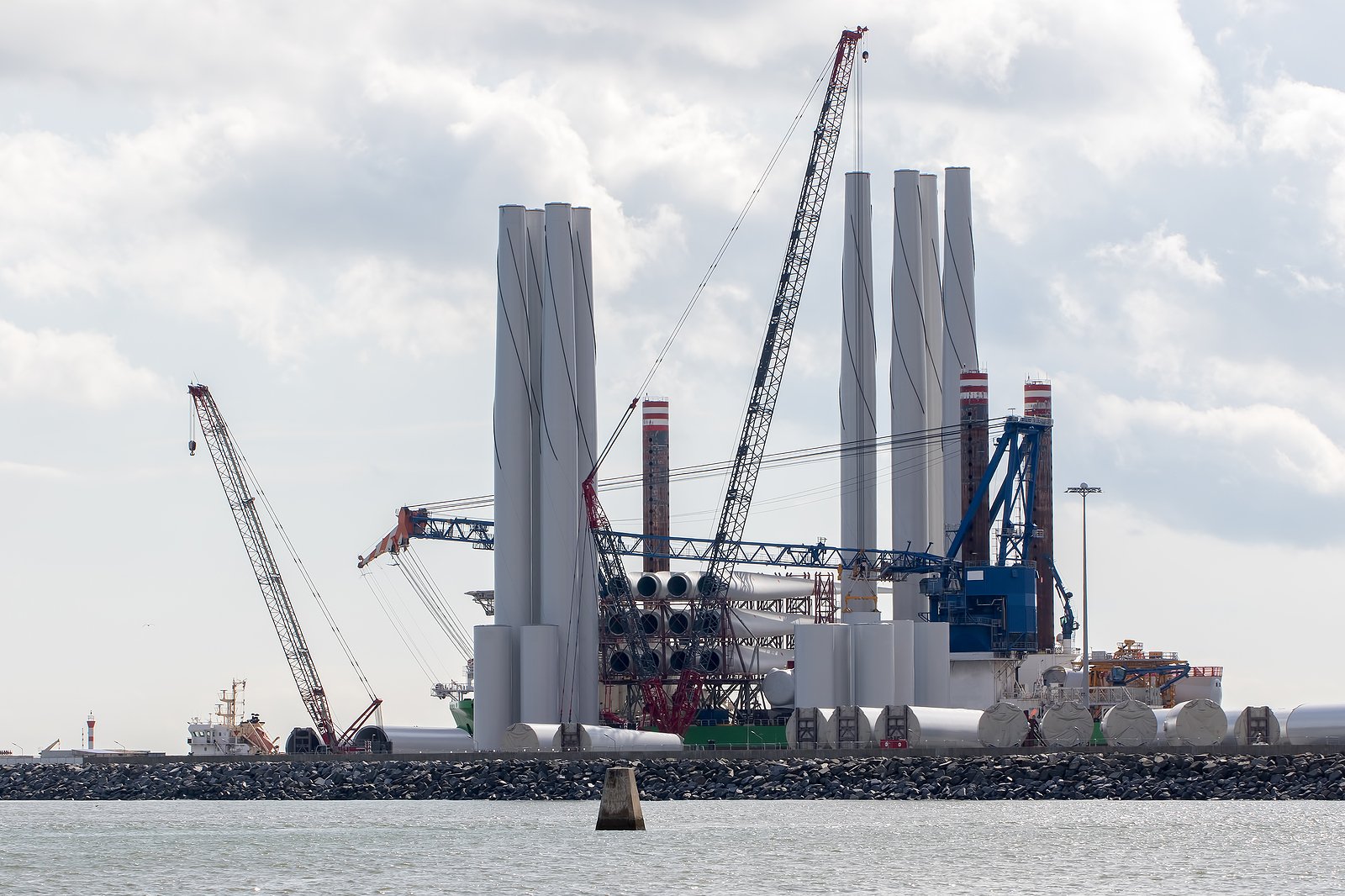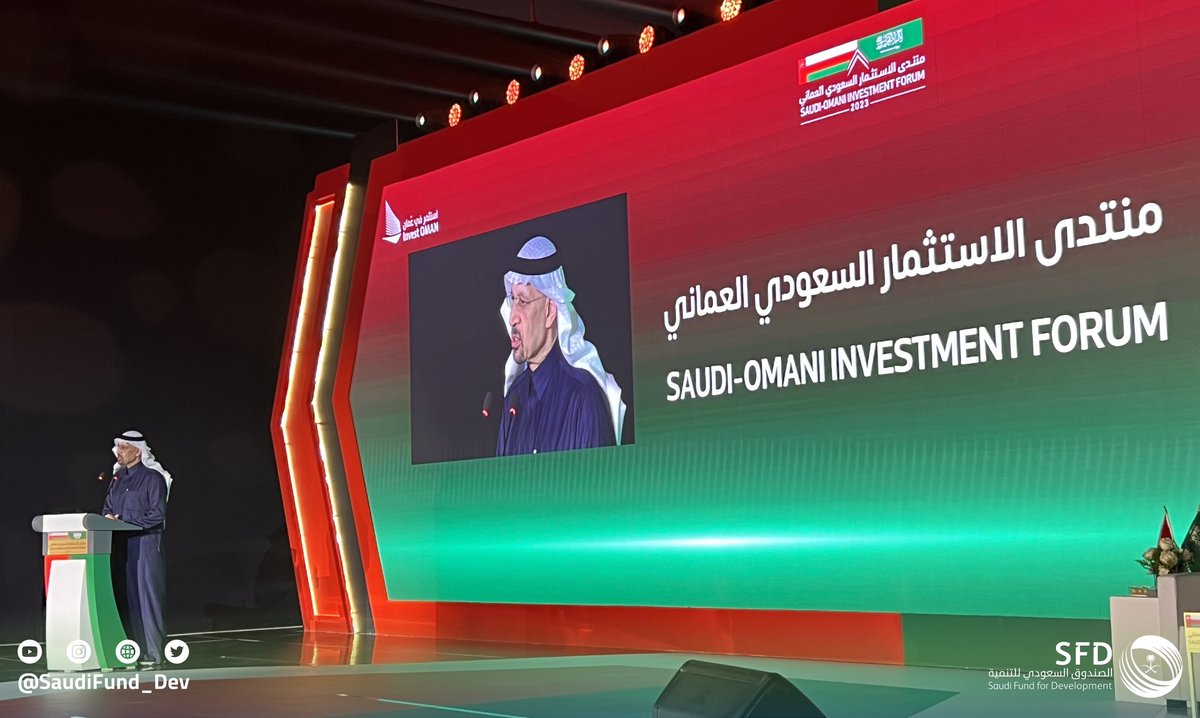Expensive Offshore Wind Farms: A Decline In Industry Interest?

Table of Contents
Soaring Capital Expenditure and Inflationary Pressures
The most immediate challenge facing the offshore wind industry is the dramatic increase in capital expenditure. This isn't simply a matter of rising prices; it's a confluence of factors creating a perfect storm of escalating costs. The sheer scale of these projects, requiring massive amounts of steel, concrete, specialized equipment, and a highly skilled workforce, makes them inherently expensive. However, recent inflationary pressures have significantly exacerbated this issue.
- Increased steel prices: The global demand for steel, coupled with supply chain disruptions, has led to a dramatic surge in steel costs, a major component of offshore wind turbine construction.
- Supply chain disruptions: Delays in the delivery of essential components, from turbines to subsea cables, have resulted in significant cost overruns and project delays. This extends beyond material costs to impacting labor costs as well.
- Rising labor costs: The specialized skills required for offshore wind farm construction and maintenance are in high demand, leading to increased labor costs and competition for skilled workers.
- Escalating insurance and permitting costs: Obtaining the necessary insurance and permits for these complex projects is both expensive and time-consuming, further adding to the overall cost.
Technological Challenges and Development Risks
Offshore wind farm development is inherently more complex and risky than onshore projects. The challenging marine environment presents unique technological hurdles and operational risks that significantly impact project costs and timelines.
- Challenges in turbine design and maintenance: Designing and maintaining turbines capable of withstanding extreme weather conditions, salt spray, and wave action is a significant engineering challenge, leading to higher maintenance costs and potentially higher failure rates.
- Difficulties in subsea cable installation and maintenance: Installing and maintaining the underwater cables that connect the turbines to the onshore grid is a complex and expensive undertaking. Repairs can be particularly challenging and expensive.
- Higher failure rates compared to onshore wind farms: The harsh offshore environment leads to higher rates of equipment failure compared to onshore wind farms, increasing maintenance and repair costs.
- Environmental impact assessments and permitting delays: Thorough environmental impact assessments and navigating the complex permitting processes can lead to lengthy delays and increased costs.
Grid Connection Issues and Transmission Infrastructure Limitations
Connecting offshore wind farms to the national grid presents another major hurdle. This often requires significant investment in new transmission infrastructure, adding considerably to the overall project cost.
- High cost of laying underwater transmission cables: Laying and maintaining the long underwater cables needed to transmit power from offshore wind farms to the shore is an expensive and technically demanding process.
- Limited grid capacity in some regions: In some areas, the existing grid infrastructure lacks the capacity to handle the influx of power from new offshore wind farms, requiring costly upgrades.
- Permitting issues related to onshore grid connections: Securing the necessary permits for onshore grid connections can be a lengthy and complex process, adding to project delays and costs.
- Integration challenges with existing energy infrastructure: Integrating offshore wind energy into the existing energy infrastructure can present significant technical challenges and require substantial investment.
Competition from Other Renewable Energy Sources
The high costs associated with expensive offshore wind farms are also making them less competitive compared to other renewable energy sources.
- Lower upfront costs for onshore wind and solar projects: Onshore wind and solar power projects generally have lower upfront capital costs than offshore wind farms.
- Faster deployment times for onshore renewable energy: Onshore projects typically have faster deployment times, allowing for quicker returns on investment.
- Government incentives favoring other renewable energy sources: Government policies and subsidies may favor other renewable energy sources, making offshore wind less attractive to investors.
Investor Sentiment and Financing Challenges
The combination of high upfront costs, technological risks, and grid connection challenges is impacting investor sentiment and making it increasingly difficult to secure project financing.
- Decreased investor appetite for high-risk, high-cost projects: Investors are becoming more cautious about investing in high-risk, high-cost projects like expensive offshore wind farms.
- Increased difficulty in securing project financing: Securing the necessary financing for large-scale offshore wind projects is becoming increasingly challenging.
- The need for government loan guarantees and subsidies: Government loan guarantees and subsidies are often necessary to mitigate the financial risks associated with these projects.
- Potential for reduced returns on investment: The combination of high costs and potential delays can lead to reduced returns on investment, making offshore wind less attractive to investors.
Conclusion: The Future of Expensive Offshore Wind Farms
The future of offshore wind energy is inextricably linked to addressing the challenges of expensive offshore wind farms. High capital expenditures, technological complexities, grid connection issues, and competition from other renewables are all significant hurdles. Unless cost-effective solutions are found, and supportive government policies are implemented, investor interest may continue to decline, jeopardizing the expansion of this vital renewable energy source. Further research into cost reduction strategies, technological advancements, and innovative financing mechanisms is crucial to ensuring the continued development and success of offshore wind energy. We need to find ways to make expensive offshore wind farms more affordable and accessible if we are to truly harness their potential for a sustainable energy future. Let's explore more effective and sustainable energy strategies together.

Featured Posts
-
 Alastthmar Alsewdy Fy Adhrbyjan Afaq Jdydt Llteawn
May 03, 2025
Alastthmar Alsewdy Fy Adhrbyjan Afaq Jdydt Llteawn
May 03, 2025 -
 Programme La Seine Musicale 2025 2026 Concerts Spectacles Et Cinema
May 03, 2025
Programme La Seine Musicale 2025 2026 Concerts Spectacles Et Cinema
May 03, 2025 -
 Intelligence Artificielle Et Souverainete Europeenne L Appel De Macron A Un Patriotisme Economique
May 03, 2025
Intelligence Artificielle Et Souverainete Europeenne L Appel De Macron A Un Patriotisme Economique
May 03, 2025 -
 Watch The Lionesses Belgium Vs England Tv Guide And Kick Off Time
May 03, 2025
Watch The Lionesses Belgium Vs England Tv Guide And Kick Off Time
May 03, 2025 -
 April 16 2025 Daily Lotto Winning Numbers
May 03, 2025
April 16 2025 Daily Lotto Winning Numbers
May 03, 2025
